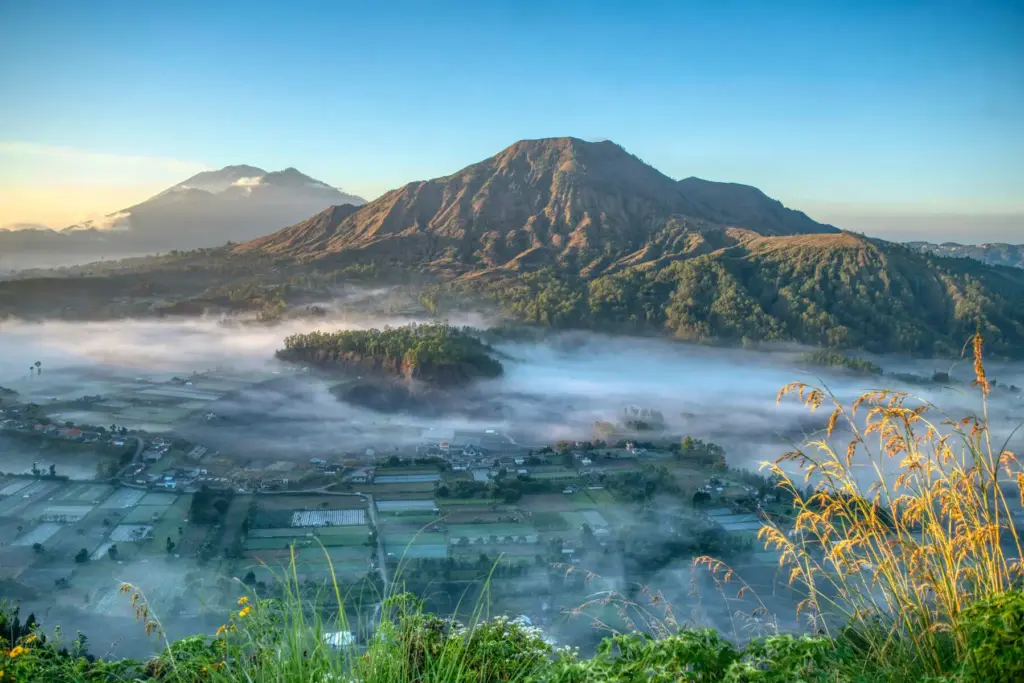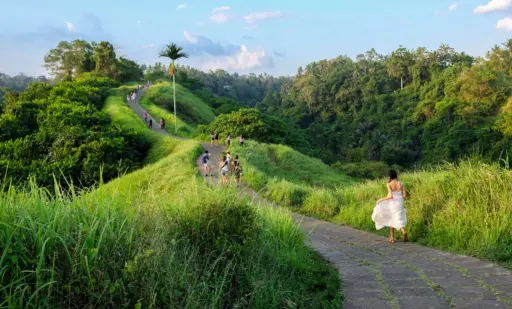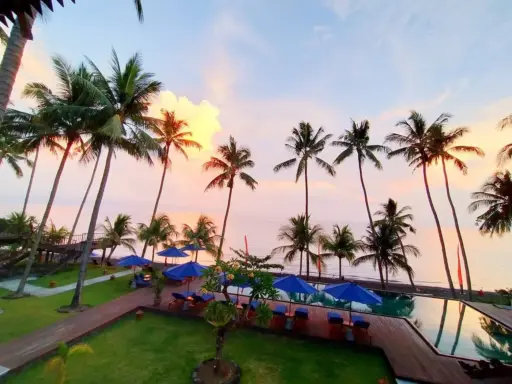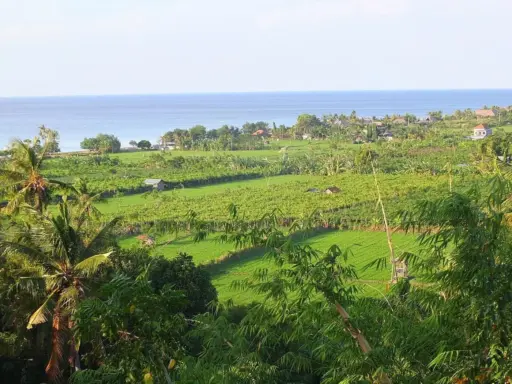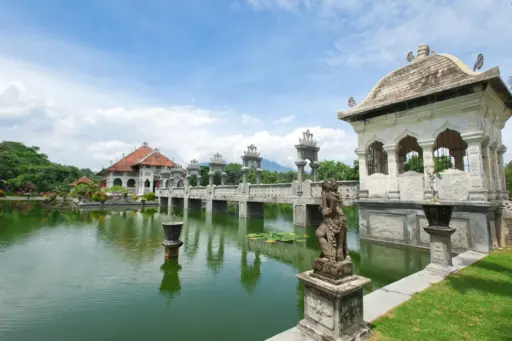Bali’s mountains offer sacred views, challenging hikes, and spiritual calm above the bustle of the island.
While most visitors first picture Bali’s beaches, the soul of the island rises inland – in the form of its mountains. These dramatic peaks are more than scenic backdrops; they are sacred places, ecological treasures, and the source of the rivers and springs that feed Bali’s famous rice fields. From fiery volcanoes to misty forested highlands, Bali’s mountainous landscapes reveal another side of the island – cooler, quieter, and deeply spiritual.
Mount Agung: The Sacred Giant
The most prominent of these peaks is Mount Agung, Bali’s highest and most revered mountain. Towering at 3,031 metres, Agung is visible from much of the island and holds immense significance in Balinese Hinduism. It is considered the navel of the world, the point from which spiritual energy flows. Balinese temples are often built facing Agung, and rituals are timed according to its presence. It is also home to Pura Besakih, the Mother Temple of Bali, which sits on its southwestern slopes.
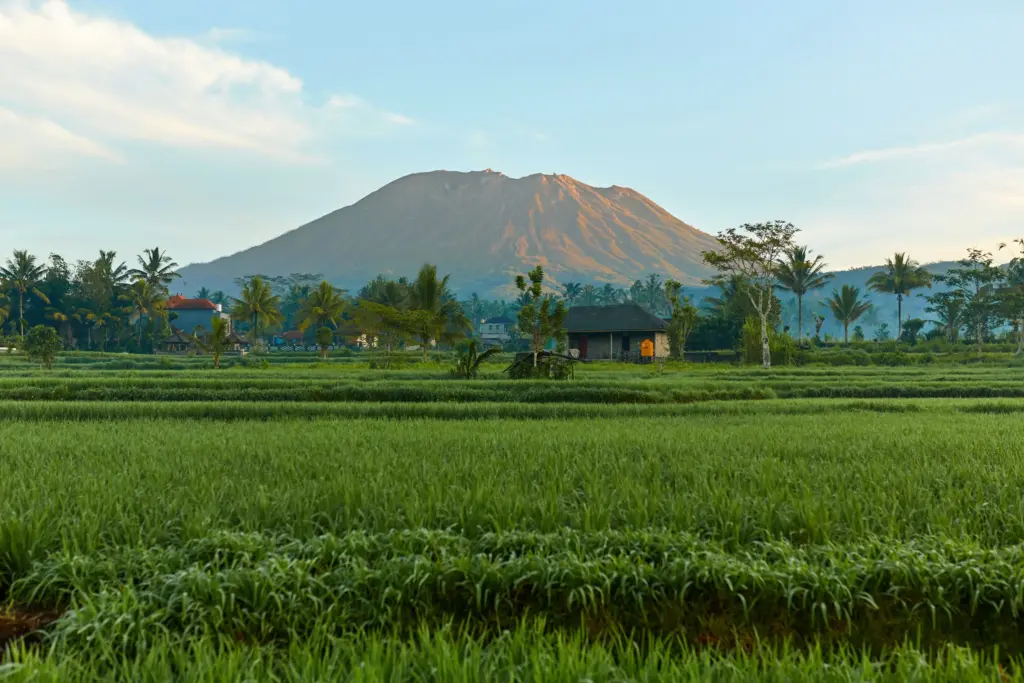
Climbing Mount Agung is considered a pilgrimage. The hike is challenging and typically starts in the middle of the night so trekkers can reach the summit for sunrise. There are two main routes – one from Besakih, which is longer and steeper, and one from Pasar Agung Temple, which is shorter but still demanding. The views from the top are unforgettable, with the island stretching below and neighbouring Lombok visible in the distance. Treks should always be done with a licensed guide, and access is sometimes restricted during times of religious ceremony or volcanic activity.
Mount Batur: The Sunrise Volcano
To the northwest of Agung stands Mount Batur, Bali’s most climbed volcano and one of the island’s most popular sunrise experiences. At 1,717 metres, it is smaller than Agung but still offers dramatic views – especially of its surrounding caldera, which houses Lake Batur and the villages of Toya Bungkah and Kintamani. The trek to the summit of Batur is moderate and typically takes 1.5 to 2 hours, making it suitable for most travellers with a basic level of fitness. Watching the sun rise over the lake and neighbouring mountains from the crater rim is a highlight of many visitors’ trips
Mount Batur is also culturally important, though less so than Agung. Local legends link the two mountains, with Batur often described as the “wife” of Agung. The Batur caldera is a UNESCO Global Geopark, recognised for its geological significance, and the fertile soil in the area supports coffee plantations, fruit farms, and vegetables. After a hike, many travellers relax at the Toya Devasya hot springs, where geothermally heated pools offer lake views and a warm soak to ease tired legs.
Batukaru and Abang: Forested Peaks and Hidden Trails
To the west, near the border with West Bali National Park, lies Mount Batukaru, Bali’s second-highest mountain at 2,276 metres. Unlike Agung and Batur, Batukaru is covered in dense rainforest and is rarely visible in full due to its cloud-cloaked slopes. It is also a deeply sacred site, revered as a protector of the western region. Pura Luhur Batukaru, located on its lower slopes, is one of Bali’s key directional temples and is known for its peaceful, mossy setting.
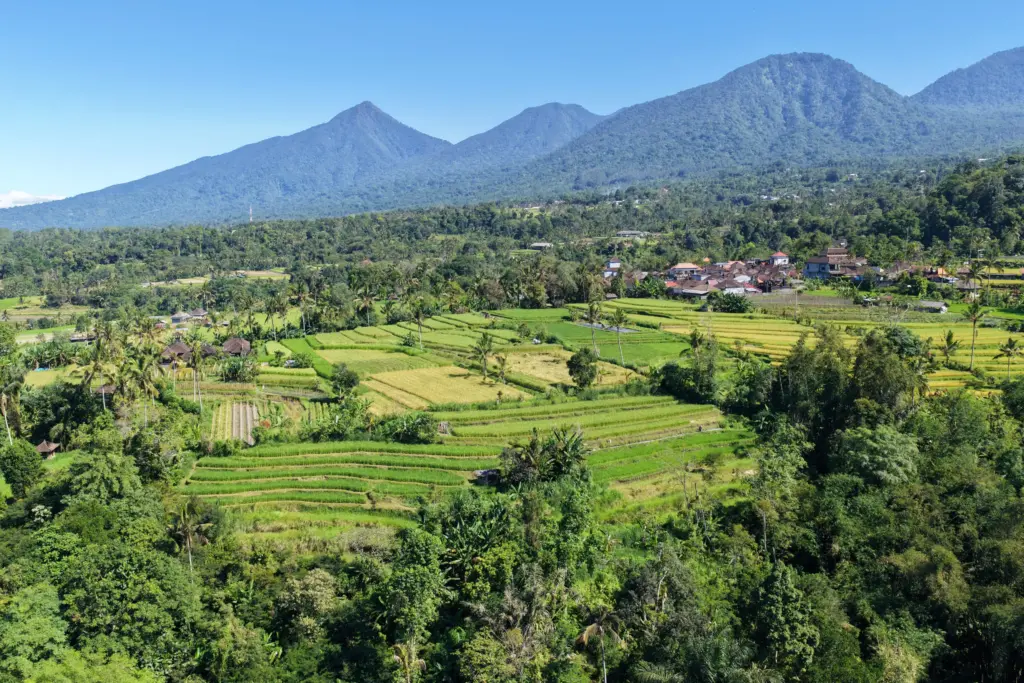
Climbing Batukaru is a different experience altogether – more of a jungle trek than a volcano hike. The trail winds through thick forest, bamboo groves, and occasional clearings with distant views. It is rarely crowded and can be slippery, wet and challenging, especially in the rainy season. Trekkers often encounter wild orchids, birds, and a sense of deep solitude. This is not the place for sweeping sunrise views, but for those seeking a meditative journey through Bali’s highland forests, Batukaru offers a powerful, immersive experience.
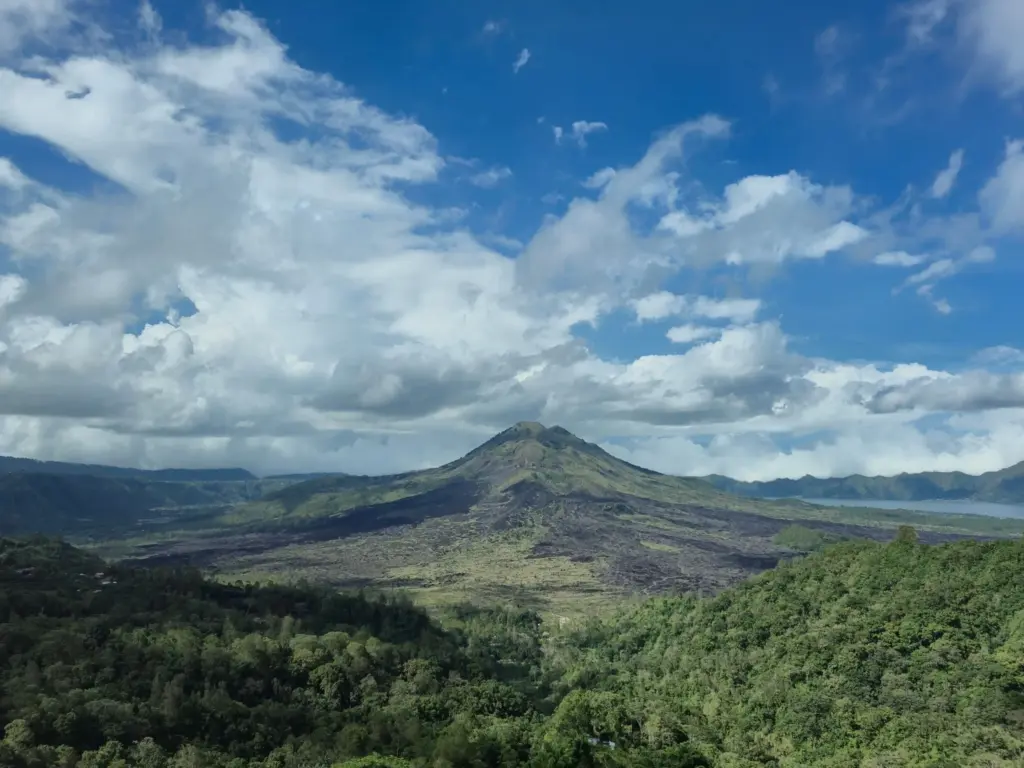
Another notable peak is Mount Abang, often overlooked in favour of its more famous neighbours. At 2,152 metres, it is the third-highest mountain in Bali and sits directly opposite Mount Batur, forming part of the rim of the ancient Batur caldera. The hike to the summit takes about three to four hours and is relatively straightforward, though still physically demanding. The trail leads through misty forest and opens onto views of the lake, Batur volcano, and even Mount Rinjani on clear days. Because it sees fewer visitors, the trail is quiet, and the forest has an untouched feel. Local villagers sometimes hike up with offerings to place at the summit shrine, and it is possible to combine a trek up Abang with a spiritual ceremony if arranged in advance.
Highlands, Cosmology, and Sacred Balance
Beyond these main peaks, Bali’s highlands are filled with smaller mountains, ridgelines, and forested hills, especially in areas like Munduk, Bedugul, and Sidemen. These regions sit at higher elevations and offer cooler temperatures, making them ideal for walking, birdwatching, and agricultural tourism. The Twin Lakes – Buyan and Tamblingan – are nestled in craters surrounded by mountains and are known for canoeing, camping, and hiking trails. The forests here are protected and home to a variety of plant and animal life, as well as hidden temples and traditional communities that live in harmony with the land.
Bali’s mountains are not just places for adventure – they are deeply tied to the island’s spirituality and balance. According to Balinese cosmology, the island is structured around kaja (toward the mountains) and kelod (toward the sea), with the mountains representing purity, ancestors, and the divine. Many ceremonies begin by facing the mountains, and temples on the slopes serve as points of connection between humans and the gods. The mountains are both real and symbolic, physical places that hold emotional and spiritual meaning.
Preparing for Mountain Adventures
For visitors, exploring Bali’s mountains is a way to experience the island’s quieter, wilder side. Whether you are hiking a volcano at sunrise, walking through misty forest, or simply sitting at a café with a view of Mount Agung, the highlands invite you to slow down and take in a different pace of life. The air is cooler, the sounds softer, and the sense of scale more humbling.
To prepare for mountain adventures in Bali, it is best to start early in the morning – clouds often roll in by midday, especially during the wet season. Bring sturdy shoes, a light jacket, and plenty of water. If hiking Agung, Batur, or Abang, a local guide is strongly recommended, both for safety and for navigating the trail systems. Many guided hikes include transport, breakfast, and gear like headlamps for pre-dawn starts.
Beyond the physical effort, Bali’s mountains offer something less tangible: a sense of presence. Standing on a ridge, watching mist rise from the trees, or hearing the first birdcall of the day, you understand why these places are considered sacred. They are not just part of the landscape – they are living spirits, shaping the rhythm of the island from above.
